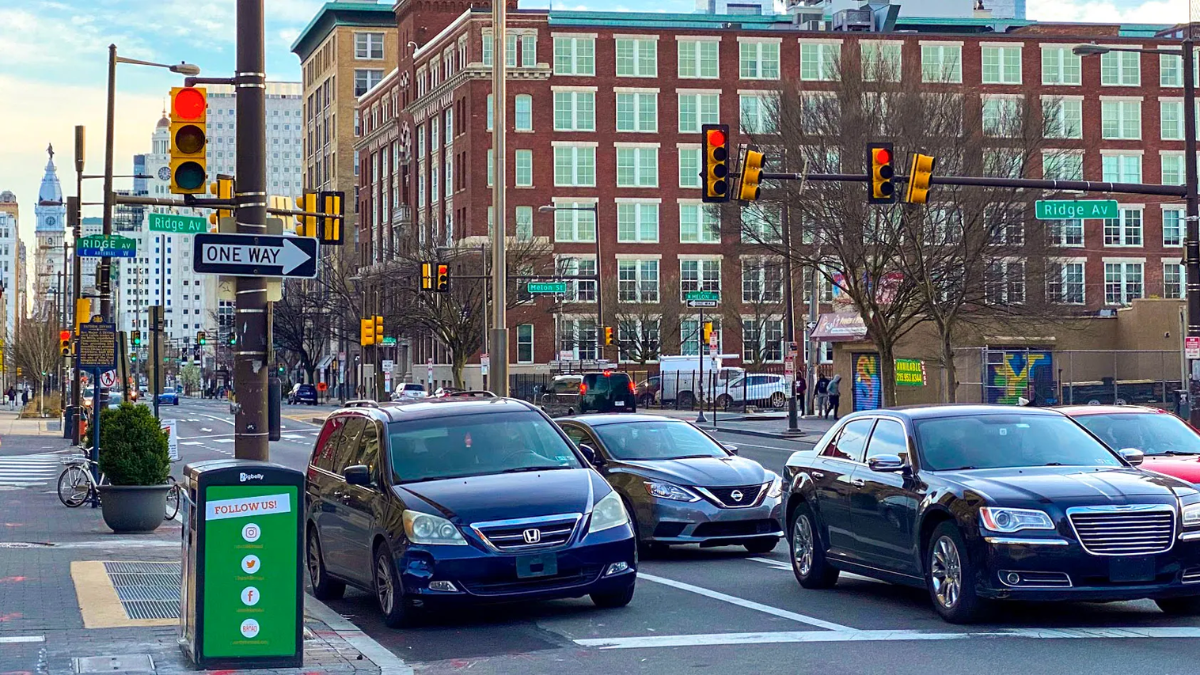Navigating the bustling streets of Philadelphia requires a thorough understanding of right-of-way rules. Whether you’re a local or just passing through, knowing who has the right to proceed in various traffic situations is crucial for safety and efficiency. These rules are designed to minimize accidents and keep traffic flowing smoothly.
What Is the Right of Way?
The right of way refers to the legal guidelines determining which driver, cyclist, or pedestrian has the priority to proceed. In Pennsylvania, the law doesn’t grant the right of way but specifies who must yield. Understanding these distinctions can help drivers avoid collisions and unnecessary delays.
General Right-of-Way Guidelines in Philadelphia
The Pennsylvania Vehicle Code outlines clear rules for yielding in different scenarios. Here are the key principles to remember when driving in Philadelphia:
Intersections Without Traffic Signals
At uncontrolled intersections, the first vehicle to arrive has the right of way. If two vehicles arrive simultaneously, the driver on the left must yield to the driver on the right.
Four-Way Stops
At a four-way stop, all drivers must come to a complete stop. The first driver to stop should proceed first. If multiple vehicles arrive at the same time, the driver on the left yields to the driver on the right.
Pedestrian Crossings
Drivers must always yield to pedestrians crossing the road at marked or unmarked crosswalks. Additionally, pedestrians using a white cane or accompanied by a guide dog have absolute right of way.
Left Turns
When making a left turn, yield to oncoming traffic unless you have a green arrow signal. Always ensure the intersection is clear before proceeding.
Entering or Crossing a Roadway
Vehicles entering a public road from a private road, driveway, or alley must yield to vehicles already on the main road.
Roundabouts
Roundabouts are becoming increasingly common in Philadelphia. When approaching a roundabout, yield to traffic already in the circle. Vehicles entering must wait for a safe gap.
Emergency Vehicles
When an emergency vehicle with flashing lights and sirens approaches, drivers must pull over to the right side of the road and stop until the vehicle passes.
Funeral Processions
In Pennsylvania, funeral processions have the right of way over other vehicles, except emergency vehicles. Drivers should recognize these processions by their use of headlights, emergency flashers, and flags.
Common Mistakes in Right-of-Way Scenarios
Even experienced drivers can make mistakes when it comes to right-of-way rules. Here are some common errors to avoid:
Rolling Stops
Failing to come to a complete stop at stop signs is a frequent violation. Always stop fully to assess the situation before proceeding.
Misjudging Gaps
Misjudging the speed and distance of oncoming traffic when merging or turning can lead to dangerous situations. Always wait for a clear and safe gap.
Ignoring Pedestrians
Philadelphia has a high number of pedestrian crossings. Drivers often fail to yield, particularly at unmarked crosswalks. Always be vigilant for pedestrians, especially in urban areas.
Hesitating at Roundabouts
Drivers unfamiliar with roundabouts may hesitate or enter improperly, causing confusion and potential accidents. Ensure you understand the rules before approaching.
Tips for Safe Driving in Philadelphia
Adhering to right-of-way rules is essential, but additional precautions can enhance road safety:
- Stay Focused: Distracted driving is a leading cause of accidents. Keep your attention on the road at all times.
- Use Turn Signals: Clearly indicate your intentions to help other drivers anticipate your actions.
- Be Patient: Traffic congestion is common in Philadelphia, particularly during rush hours. Avoid aggressive driving behaviors.
- Respect Cyclists and Pedestrians: Cyclists often share the road, and pedestrians frequently cross in busy areas. Always yield when required and exercise caution.
Unique Driving Challenges in Philadelphia
Philadelphia presents unique challenges for drivers, from narrow streets in historic areas to heavy pedestrian traffic near popular attractions. Here’s how to navigate these situations:
Historic Streets
Many roads in older neighborhoods are narrow and lined with parked cars. Drive slowly and be prepared to yield to oncoming vehicles.
High Pedestrian Density
Areas like Center City and Old City see heavy pedestrian traffic. Always be on the lookout for jaywalkers and yield appropriately at crosswalks.
Congested Intersections
Intersections near major highways or tourist destinations can become bottlenecks. Follow traffic signals closely and avoid blocking intersections.
Why Knowing the Right of Way Matters
Understanding right-of-way rules isn’t just about avoiding traffic tickets. It’s about ensuring everyone’s safety on the road. Whether you’re navigating a busy intersection or yielding to a pedestrian, knowing who goes first can prevent accidents and make driving in Philadelphia less stressful.
For more detailed information on Pennsylvania traffic laws, visit the Pennsylvania Department of Transportation.
Final Thoughts
Driving in Philadelphia can be daunting, but following right-of-way rules makes the experience safer and more efficient for everyone. Whether you’re a seasoned local or a first-time visitor, these guidelines will help you navigate the streets with confidence. Remember, safety comes first—when in doubt, yield to avoid potential accidents.
Disclaimer – Our team has carefully fact-checked this article to make sure it’s accurate and free from any misinformation. We’re dedicated to keeping our content honest and reliable for our readers.








